More people than ever before are browsing law firm websites primarily through mobile devices rather than desktop computers or laptops. In fact, just recently, the number of mobile-only browsers exceeded desktop-only browsers for the first time. That trend is likely to persist as time goes on.
Ever since the proliferation of smartphones truly took off about nine or ten years ago, marketers have had to shift their tactics to adjust to a boom in mobile browsing.
A call to action (CTA) is an essential part of any marketing strategy, especially when it comes to creating high-impact landing pages. It’s important to understand, however, that the actions users are likely to take from a mobile device tend to be a little different from those they take when browsing via desktop.
To that end, the following are just a few examples of CTA tactics you might consider implementing as part of your law firm’s digital marketing efforts:
Click to call. If you want to encourage people to call your law firm, add a “simple phone” button. All users need to do is click on the phone, and it will either automatically dial the listed number or automatically input the number into the phone and prompt them
to hit the “call” button.

Schedule a consultation. Sometimes a client just needs to talk through their issue. In this case, the fastest route to converting them is coordinating a phone call. These CTAs often link to a page that connects with the firm’s calendar so they can choose the best time.

Contact forms. Mobile contact forms work in much the same way as standard desktop contact forms—only they’re formatted and simplified for mobile screens. This usually means they have fewer fields to fill in and are sized specifically for mobile devices.
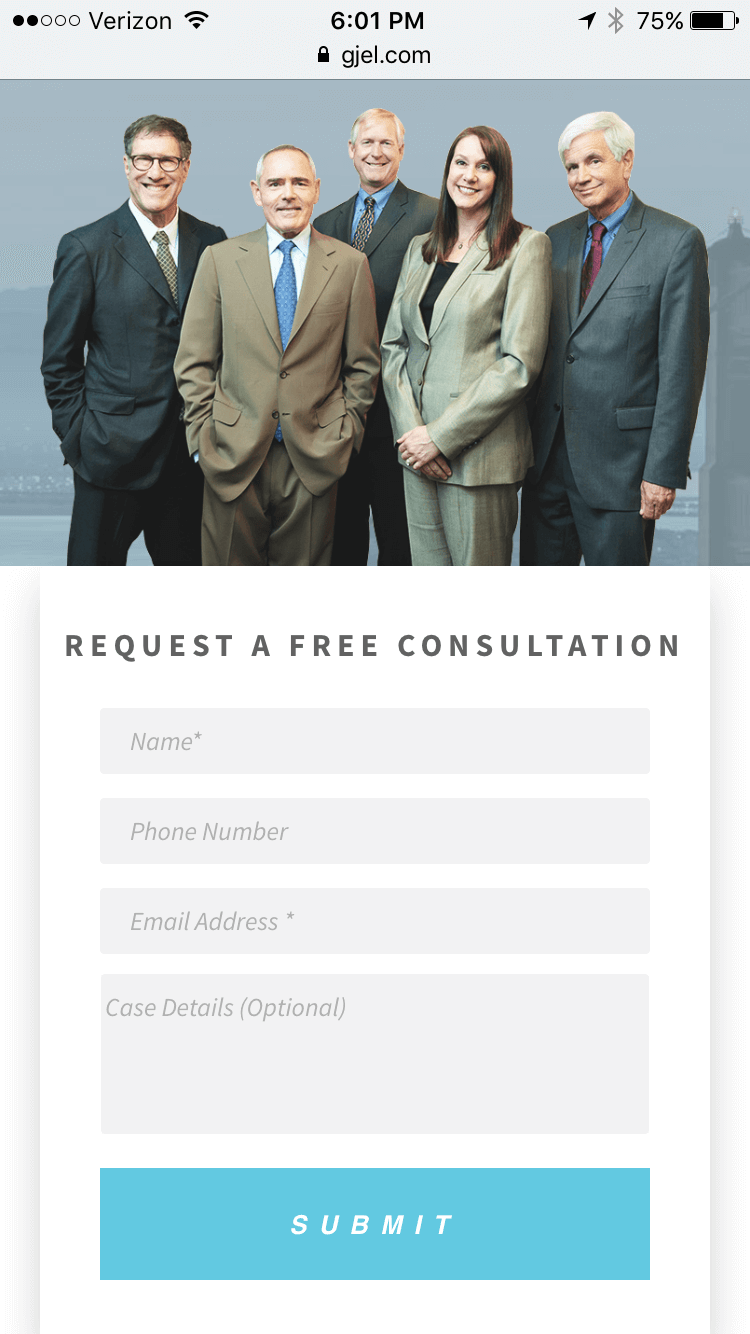
Click for more information. Many lawyers realize that it takes their clients a while to decide to hire them, so want their users to read the information on their site to establish expertise. Asking the user to “read more” about the attorney’s bio, or specific blog posts will help to encourage the potential client to move through the site, read that additional information, and establish credibility.
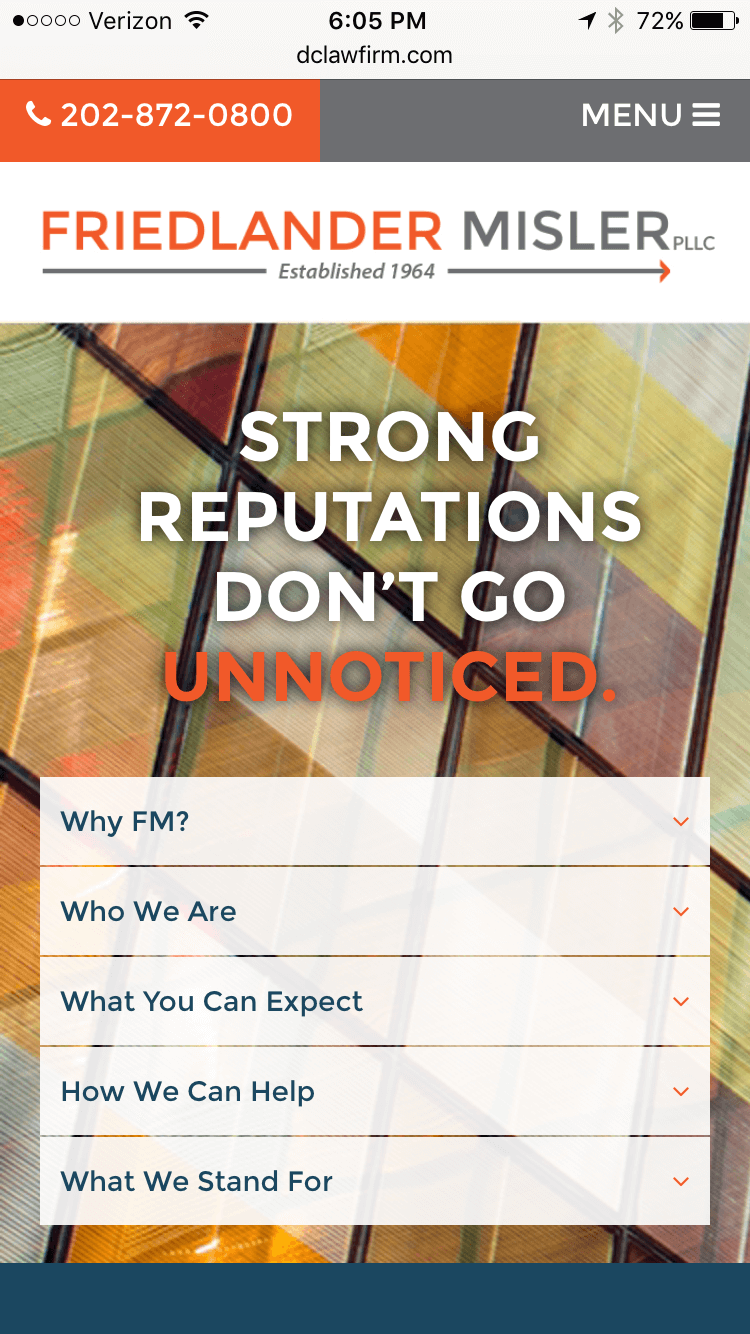
Variety of methods. Maybe your firm has a few client personas that have different needs. In this case, you should offer a variety of ways to get in touch such as phone, schedule a consultation, and possibly a contact form.
Best Practices for Mobile Calls to Action
Regardless of the CTA tools and methods you use, there are specific strategies that can help you maximize the traffic that comes to your site. Here are some tips to keep in mind:
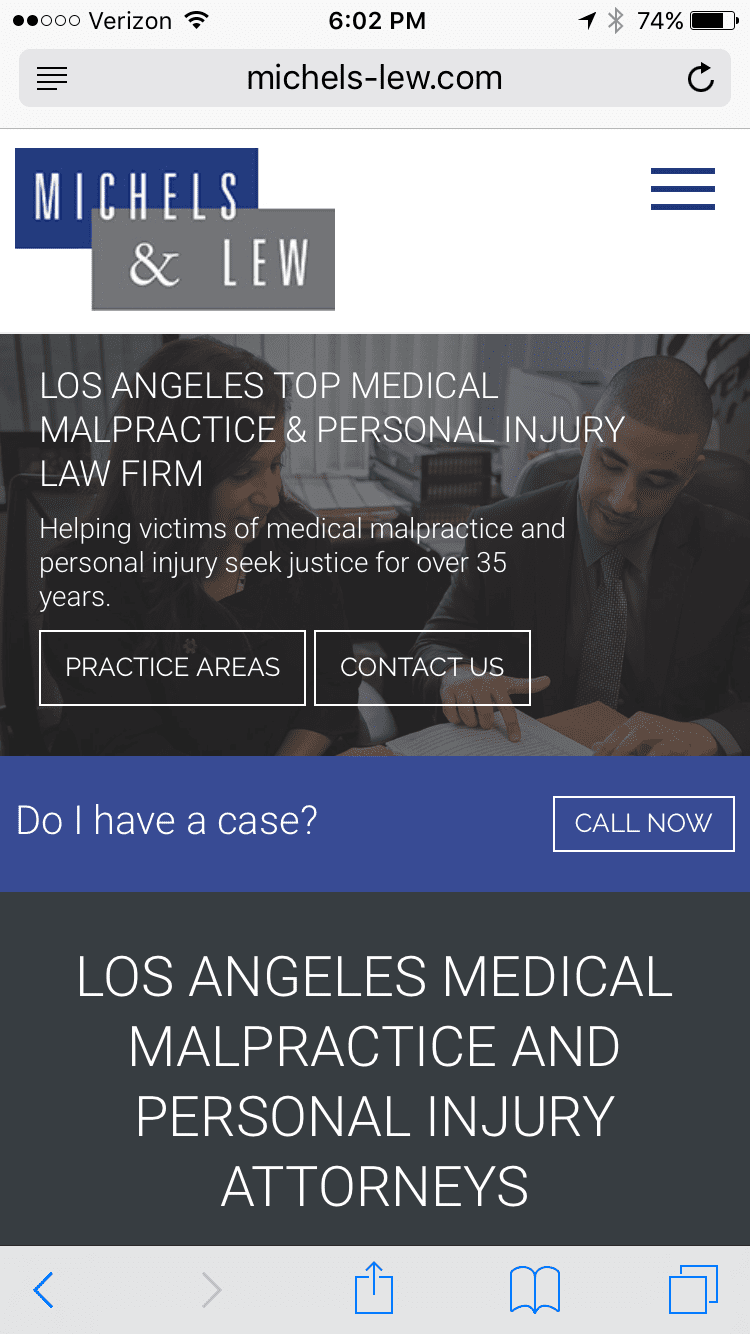
Be clear and concise with your messaging. The space limitations on mobile devices make it important that you be as clear and concise as possible with how you phrase your CTA. “Call us” or “send us an email,” for example, will make it clear what will happen once users click the button.
Make the buttons or links big. CTAs should always be the largest link or button on the page. This will make them stand out right away to viewers, reducing the frustration that would otherwise arise if a person had to hunt all over for a way to take a specific action. It can also help to make the buttons or links a glaringly obvious color.
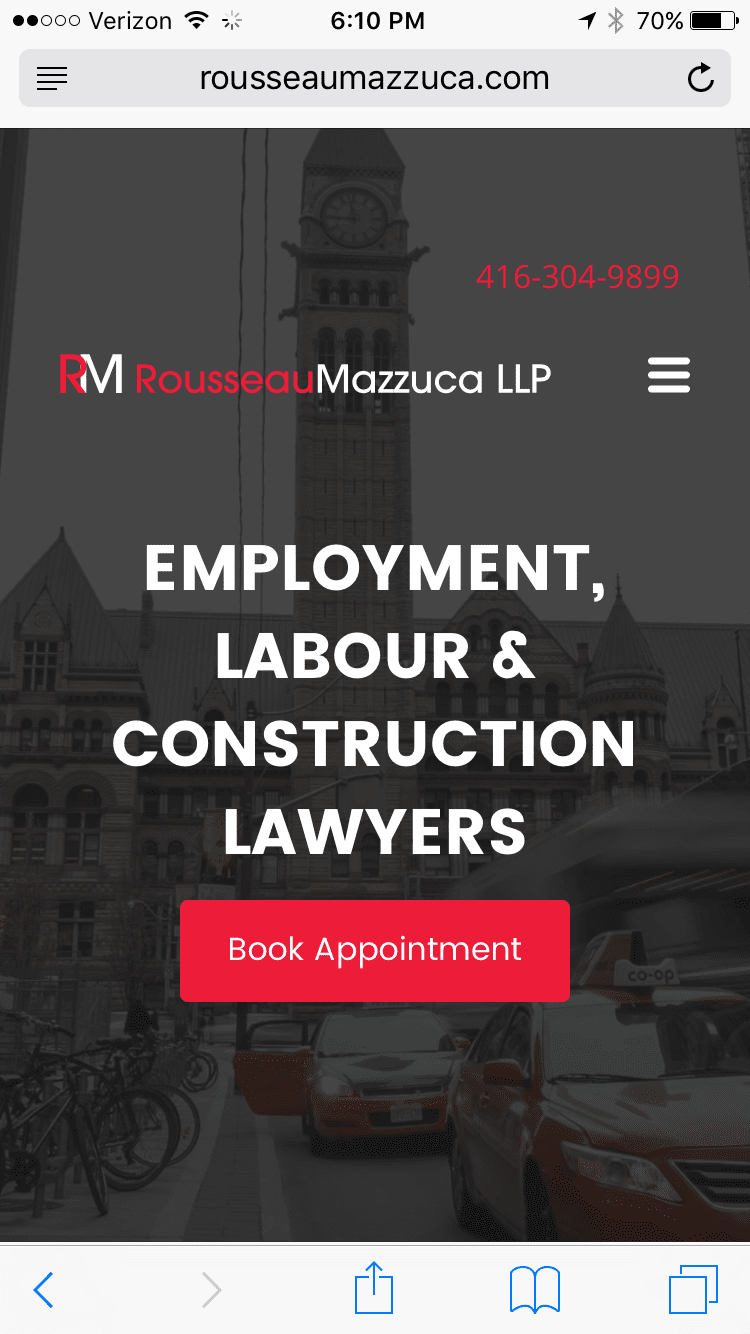
Place CTAs in sensible locations. Again, you want your CTAs to be seen. By placing them in a place where people are likely to scan with their eyes, you can ensure greater visibility and improve conversion rates.
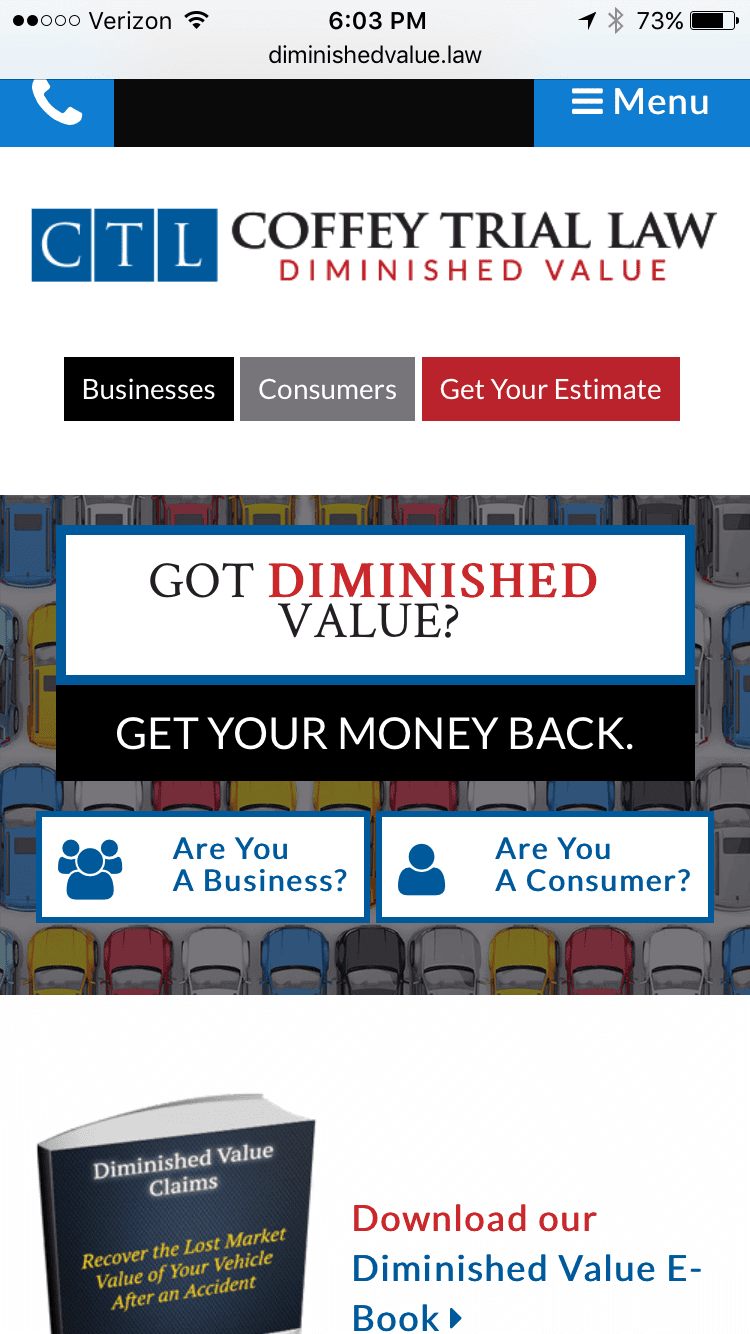
As you build out or work to improve your law firm’s website, don’t forget to factor in how mobile users will view and interact with your pages and content.
Share Article
Last updated August 3rd, 2023